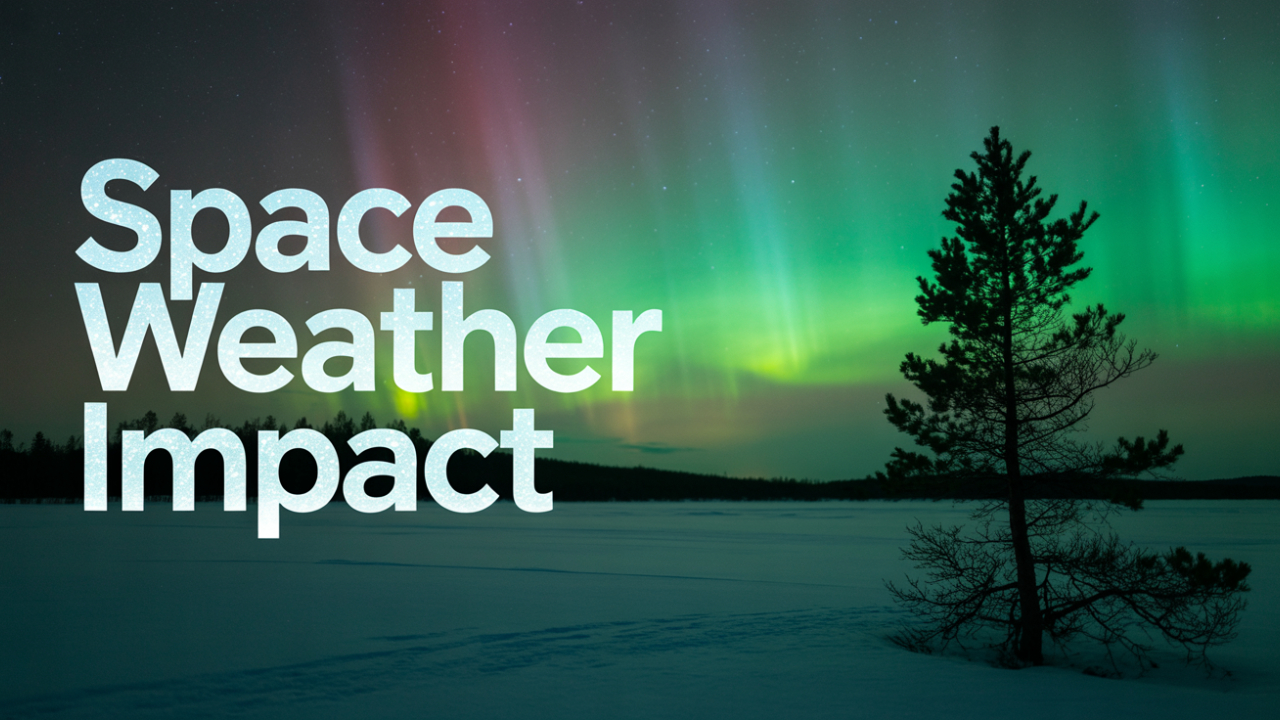
This course provides an in-depth exploration of space weather phenomena and their impact on Earth. Students will learn about the Sun's activity, its effects on the Earth's magnetosphere, and how to predict and mitigate space weather events.
Course Levels
-
Level 1: Introduction to Space Weather
This level introduces the basic concepts of space weather, including definitions and historical context.
-
Level 2: Solar Phenomena
In this level, students will explore various solar phenomena that contribute to space weather, enhancing their understanding of solar dynamics.
-
Level 3: Earth's Magnetosphere
This level covers the structure and dynamics of Earth's magnetosphere and its interactions with solar wind and cosmic rays.
-
Level 4: Space Weather Impacts
Students will learn about the various ways space weather affects technological systems and human activities on Earth.
-
Level 5: Monitoring and Prediction
This level focuses on the tools and techniques used to monitor space weather and predict its effects.
-
Level 6: Mitigation Strategies
Learn about the strategies and technologies available to mitigate the effects of space weather on society.
-
Level 7: Advanced Topics in Space Weather
This level delves deeper into complex subjects related to space weather and emerging research in the field.
Course Topics
-
Data Analysis Techniques
# Data Analysis Techniques in Space Weather Monitoring Data analysis techniques are crucial for interpreting space weather data, which is essential for monitoring and predicting phenomena such as sol...
-
Technological Advances in Space Weather Research
# Technological Advances in Space Weather Research ## Introduction Space weather refers to the environmental conditions in space as influenced by solar activity, including solar flares, coronal mass ...
-
Aviation and Space Weather
# Aviation and Space Weather Space weather refers to the environmental conditions in space that can affect spacecraft, satellites, and even commercial aviation. Understanding the interaction between ...
-
The Sun: Our Star and Its Activity
# The Sun: Our Star and Its Activity The Sun is the heart of our solar system, a massive ball of burning gases that provides light and heat to our planet and others. Understanding the Sun's activity ...
-
Geomagnetic Storms
# Geomagnetic Storms Geomagnetic storms are significant disturbances in Earth's magnetosphere caused by solar wind and solar flares. They can have profound effects on technology, communications, and ...
-
Space Weather and Climate Change
# Space Weather and Climate Change ## Introduction Space weather refers to the environmental conditions in space, particularly influenced by solar activity and its interactions with the Earth's magne...
-
Magnetosphere Dynamics
# Magnetosphere Dynamics The magnetosphere is a region of space surrounding Earth that is dominated by the planet's magnetic field. This dynamic environment is shaped by interactions between solar wi...
-
Solar Activity Cycles
# Solar Activity Cycles Solar activity cycles, also known as solar cycles, refer to the periodic variations in the Sun's activity and appearance, observed through phenomena such as sunspots, solar fl...
-
Auroras: Nature and Formation
# Auroras: Nature and Formation ## Introduction Auroras, often referred to as the Northern and Southern Lights, are natural light displays predominantly seen in high-latitude regions around the Arcti...
-
Future Technologies for Space Weather Resilience
# Future Technologies for Space Weather Resilience Space weather poses significant challenges to modern technology and infrastructure. As our reliance on satellite systems, power grids, and communica...
-
Designing Resilient Technologies
# Designing Resilient Technologies ## Introduction In the context of space weather, designing resilient technologies is crucial for safeguarding critical infrastructure and ensuring operational conti...
-
Impact on Satellite Operations
# Impact on Satellite Operations ## Introduction Satellite operations are crucial for a variety of applications, including communication, navigation, earth observation, and scientific research. Howev...
-
Solar Wind and Its Properties
# Solar Wind and Its Properties ## Introduction Solar wind is a continuous stream of charged particles released from the upper atmosphere of the Sun, primarily composed of electrons, protons, and alp...
-
Effects on Communication Systems
# Effects on Communication Systems Space weather, particularly phenomena such as solar flares, coronal mass ejections (CMEs), and geomagnetic storms, can significantly impact communication systems on...
-
Emergency Response Plans
# Emergency Response Plans Emergency Response Plans (ERPs) are essential components of effective risk management in the context of space weather events. These plans outline the steps that organizatio...
-
Solar Flares: Causes and Effects
# Solar Flares: Causes and Effects Solar flares are intense bursts of radiation coming from the release of magnetic energy associated with sunspots. They are one of the most spectacular phenomena in ...
-
Coronal Mass Ejections (CMEs)
# Coronal Mass Ejections (CMEs) Coronal Mass Ejections (CMEs) are significant solar events characterized by the expulsion of plasma and magnetic field from the solar corona into space. CMEs can have ...
-
Instruments for Space Weather Monitoring
# Instruments for Space Weather Monitoring Space weather monitoring is critical for understanding the effects of solar activity on Earth's environment. A variety of instruments are utilized to measur...
-
Future Challenges in Space Weather Science
# Future Challenges in Space Weather Science Space weather science is an evolving field that faces numerous challenges as our reliance on technology increases and as we explore deeper into space. Und...
-
Case Studies of Notable Space Weather Events
# Case Studies of Notable Space Weather Events Space weather, which encompasses phenomena such as solar flares, coronal mass ejections, and geomagnetic storms, can have profound impacts on technology...
- And 15 more topics...